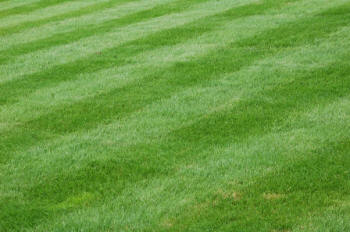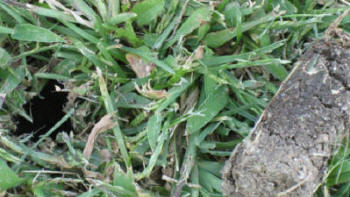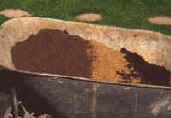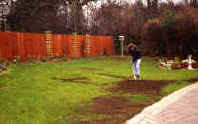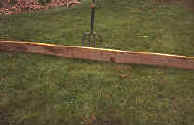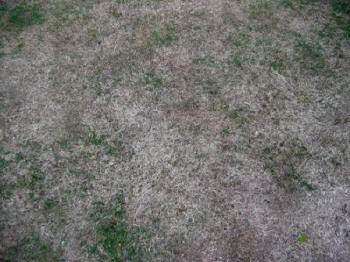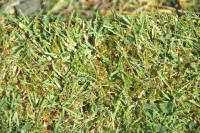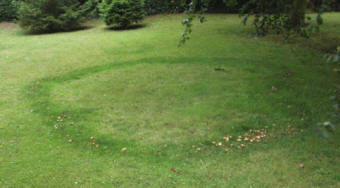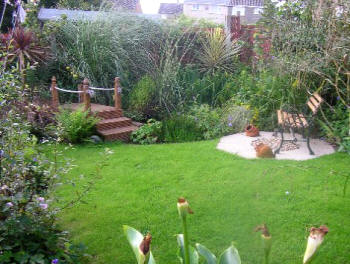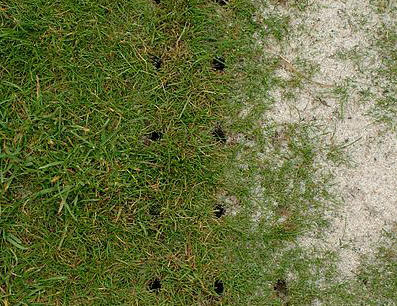Many other lawn browning problems are wrongly diagnosed as being Fusarium - and wrongly treated as a result.
Fusarium Patch disease starts as a small yellowing patch
which turn brown as the patches enlarge. Sometimes - in damp weather - a white or pinkish mould can be seen in the patches. It normally subsides a little as the air temperature warms up and lawns dry out a little. The colouring also gives Fusarium is more common name in the USA of Pink Snow Mold.
As with all diseases, it is much easier to prevent than to cure.
Again it is proper lawn care and maintenance which is the
answer.
Fusarium patch disease is more likely to spread when there is snow
cover. It can also be present without the snow, but is one of the few
turf diseases which is happy with snow for its furtherance. Snow is a
desirable but not necessary ingredient to allow the mycelium to spread.
Whilst Fusarium Patch disease can show up upon domestic lawns, it is the
dread of golf course managers, for its appearance on the greens - as
often happens - can eventually lead to a poor quality green to play on,
and is visually unacceptable to most golfers!

